Agnese Tegon, 26 years old and deceptively slight, pulls a metal rod carrying a glowing glass globule from a roaring furnace. She begins to turn the rod continuously in her ungloved hands, occasionally blowing into the end. Tegon is not only one of the few young people pursuing the challenging career of glassblowing, but she is also the only Venetian woman working in the famous glass furnaces of Murano. Visitors to Venice often take a day trip to the nearby island of Murano to marvel at the maestri toiling before the ferocious heat of the furnaces, transforming fiery blobs of molten glass into delicate chandeliers, vases or prancing horses.
Insular and secretive, the ancient world of Murano glass requires years of training to fully understand. Workshops were historically strictly family businesses, with trade secrets passed from father to son. Boys entered the furnaces as young as nine or ten to learn the trade, starting with basic tasks like sweeping the floor and then training for years to become glass masters. But for women, the glass industry has been inaccessible. Giovanna Moretti comes from a family of prestigious glassmakers. She produces silk scarves printed with the designs of her family’s glass in memory of her father, Andrea Moretti. ‘When I was younger,’ she recounts, ‘workers in the furnace used to ask me when I’d take over from my father, but he would tell me not to work in this sector.’ Women were unwelcome in the workshops, Moretti explains, and her father knew the struggles she would face.
The ‘all-male’ environment of Murano’s glass furnaces is often attributed to the strength and endurance required to spend hours before the blistering heat of the kilns and handle hefty lumps of glass. Yet women who have tried to enter the furnaces attest that this is not the only stumbling block. Equally obstructive is the great value placed on tradition – a tradition that has historically excluded women – in the world of Murano glass. Despite studying glasswork at school, participating in several glass design competitions and having her drawings realised in glass by glass masters, Tegon struggled to find a place in a workshop. Her persistence was finally rewarded with an internship of 10 eight-hour days spent adding gold leaf decorations to 2,500 glass coins.
Tegon now works in partnership with renowned glass master Giancarlo Signoretto. ‘I wanted to try teaching my daughter to work in glass, but she wasn’t interested,’ says Signoretto. ‘I wanted to find out if I could realise my dream of bringing women into this world.’ Tegon says, ‘I am really lucky to have found Giancarlo. He has always protected me and supported me. If I had gone to a different furnace it would not have been easy to last.’
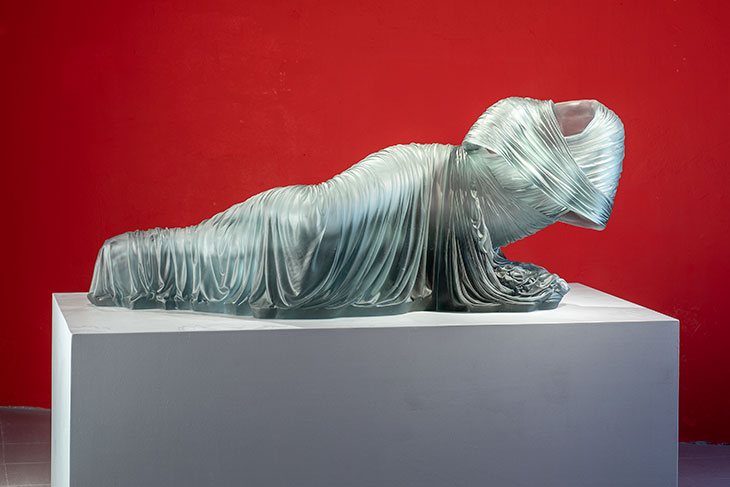
Reclining Nocturne 4 (2018), Karen LaMonte. Part of the exhibition ‘Unbreakable: Women in Glass’ at the Fondazione Berengo, Venice, from 5 September–7 January 2021. Photo: Francesco Allegretto
Moretti explains that the reluctance to invite women into the workshops is deeply embedded in the sector. Women have always been closely linked to the art of glass, from those who make jewellery using glass beads and those decorating glass objects to those working in packaging and accounting. Women artists sometimes work in collaboration with maestri – the subject of an exhibition at the Fondazione Berengo, scheduled to open next month during Venice Glass Week (5 September–31 December). But they rarely made it into the workshops themselves. ‘Boys started work in the furnaces at 14 years old. A girl couldn’t at that age, you can imagine the jokes, the insinuations,’ says Moretti. She adds that workers’ wives could have been unhappy at their husbands working in the hot furnaces with young women in little clothing. In addition, ‘Having a women “head” of the workshop would have been difficult,’ says Moretti. ‘Men didn’t want a woman at work telling them what to do.’ She notes that the few women who in the past became workshop supervisors usually had to have a man to act as an intermediary with the workers.
Faced with these circumstances, women glassmakers have had to seek alternative means of production. Many use the technique of lampworking, common since the 13th century, in which glass is melted and worked in the flame of a blowtorch. These glass artists tend to work alone in small studios. One such artist is Cristina Sfriso, who creates intricate, small-scale statues using lampworking. She initially wanted to work in the furnaces but her attempts were rebuffed. ‘Even at the time I started working in glass it was difficult because the hangover from the past remained,’ explains Sfriso. ‘Murano, being a small island, was still a bit bigoted. They didn’t want women.’
Sfriso has gone further than many with her glasswork, understanding the material intimately, respecting its idiosyncrasies, and discovering new techniques. But not being able to enter into the furnaces still rankles. ‘My husband bought me a day in a furnace for my birthday,’ she says beaming, ‘and I got to play around. It was a dream to work glass in a kiln.’ She’s still hoping one day to realise her dream of working in the furnaces.
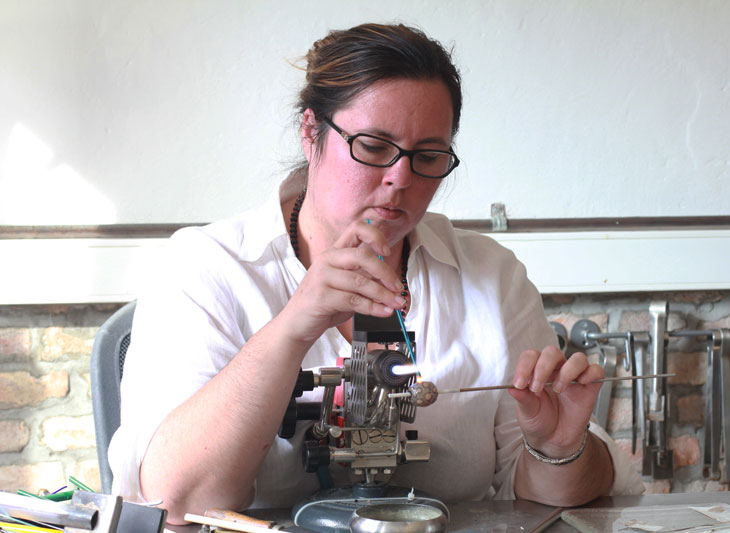
Alessia Fuga making beads using the technique of lampwork. Courtesy Alessia Fuga
Muriel Balensi, who creates glass beads that she makes into jewellery, sculptures, or fashion pieces, says her work is often thought of as the ‘crumbs’ of the glass industry. But glass beads, or pearls, have a history as important as kiln-made glass. They were once used as currency and were extremely valuable. Balensi posits that with the boom in audio-visual communication, kiln-made glass has outstripped lampwork. ‘If you go to watch someone working in the kilns,’ Balensi says, ‘it’s spectacular, it’s a show, a dance.’ Silvia Finiels, who assembles pieces of antique glass to create lighting, suggests that the allure of the furnaces goes further back. ‘In the past, the glassworkers were like alchemists, like wizards,’ she says. ‘Their materials, like uranium or cobalt, came from far away places and gave strange colours to the glass. The furnaces have a fascination in themselves, and these men were great artists.’
Despite their admiration for kiln-made glass, these women acknowledge that the culture of Murano glass needs to change. Balensi, with the Comitato per la Salvaguardia delle Perle di Venezia, a group safeguarding the history of glass beads, has spent seven years preparing the documentation to nominate the pearls for UNESCO heritage status. For Sfriso, opening the furnaces to lampworkers would be an important step – and one that would benefit everyone. ‘Working glass as I do lets you understand the material in another way from the furnaces. I think knowing both ways of working enriches your understanding of the art.’ Alessia Fuga, who makes beads with lampwork, says, ‘I am always challenging myself to go further. Now I want to try making my beads in a bigger form in a kiln.’ She hopes to begin experimenting soon in the workshop of Signoretto. ‘I have to understand how large pieces of glass move differently in the kilns from the small amounts I use. Then I can develop my idea to move my work to the furnaces.’
Post-Covid, with fewer tourists visiting Murano, allowing women into the furnaces may also prove crucial to the future of an already ailing industry. ‘Women would give something more to glass as they see the world in a different way,’ says Sfriso. She also suggests women could help prevent the art from dying out – a risk because of the tendency for glass masters to guard their working secrets instead of passing them on. ‘Women work more as a team, we are less individualistic.’ While the tradition of Murano has sustained the island for centuries, it seems that now, for the art itself to survive, it’s time to break with the past.
The Venice Glass Week takes place from 5–13 September.
Unlimited access from just $16 every 3 months
Subscribe to get unlimited and exclusive access to the top art stories, interviews and exhibition reviews.

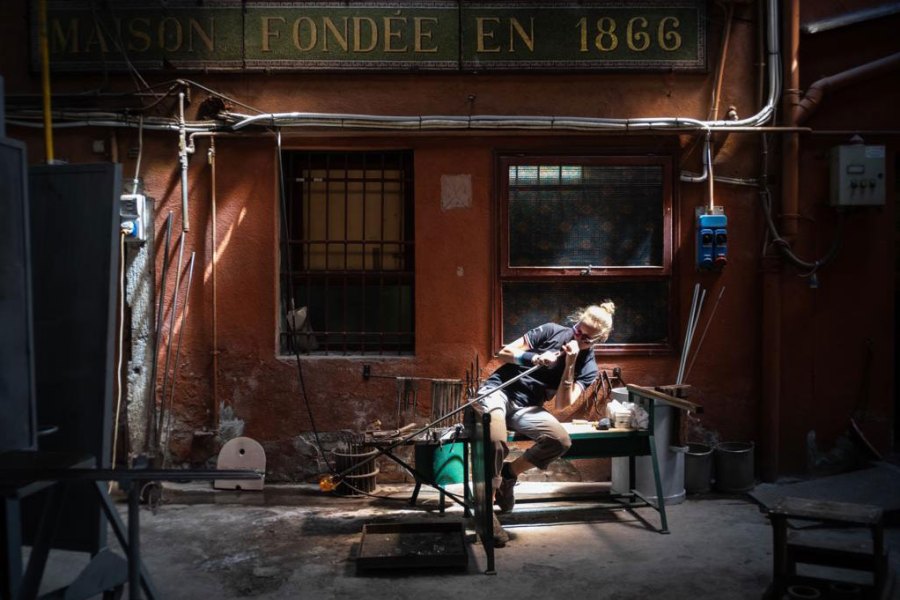
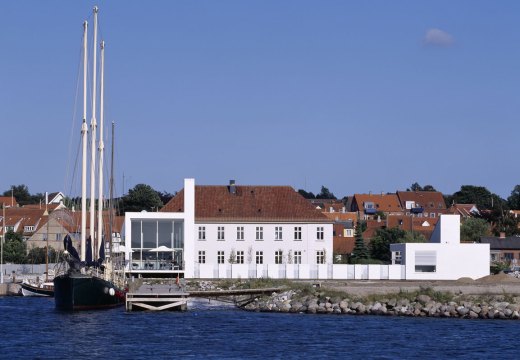
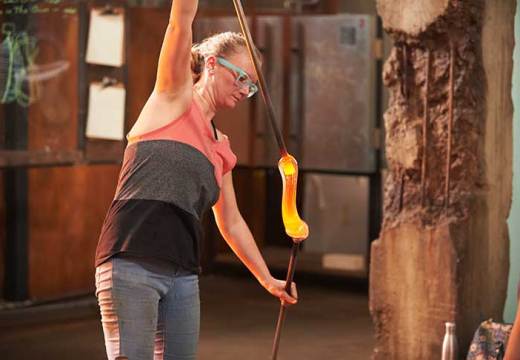










![Masterpiece [Re]discovery 2022. Photo: Ben Fisher Photography, courtesy of Masterpiece London](http://www.apollo-magazine.com/wp-content/uploads/2022/07/MPL2022_4263.jpg)
Has the Fitzwilliam lost the hang of things?